The Most Dangerous Chemicals!
Exploring the Risks and Dangers of Commonly Used Chemicals

Engineered substances play an important role in our daily lives, from the medication we take to the products we use. They offer many benefits, but some chemicals can also be highly toxic and pose a threat to human health and the environment. This article will discuss the top most dangerous chemicals in the world.
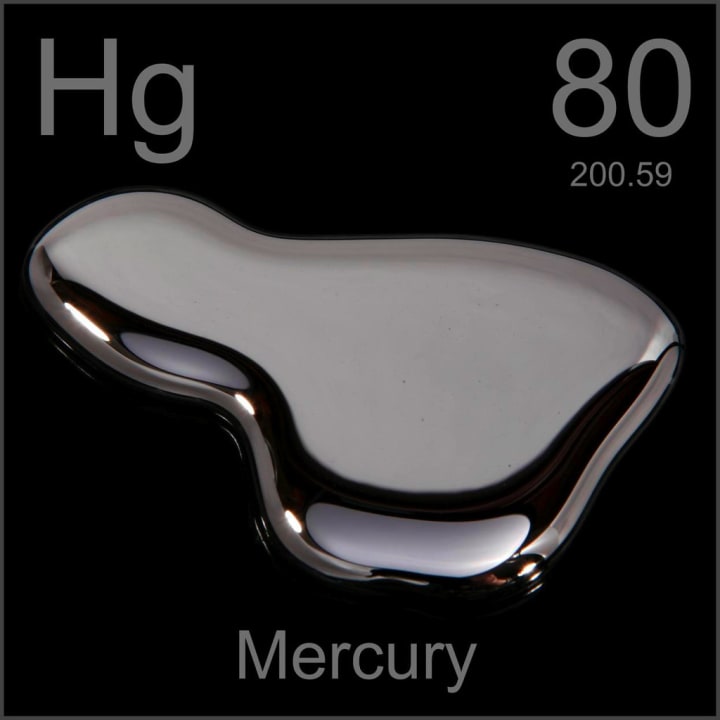
Mercury is a highly toxic metal that can be found in the environment. It is commonly used in products such as thermometers, fluorescent lights, and batteries. Inhaling mercury fumes can lead to serious health problems, including damage to the nervous system and kidneys. Symptoms of mercury poisoning include tremors, cognitive decline, mood swings, and muscle weakness. In severe cases, mercury poisoning can lead to death.
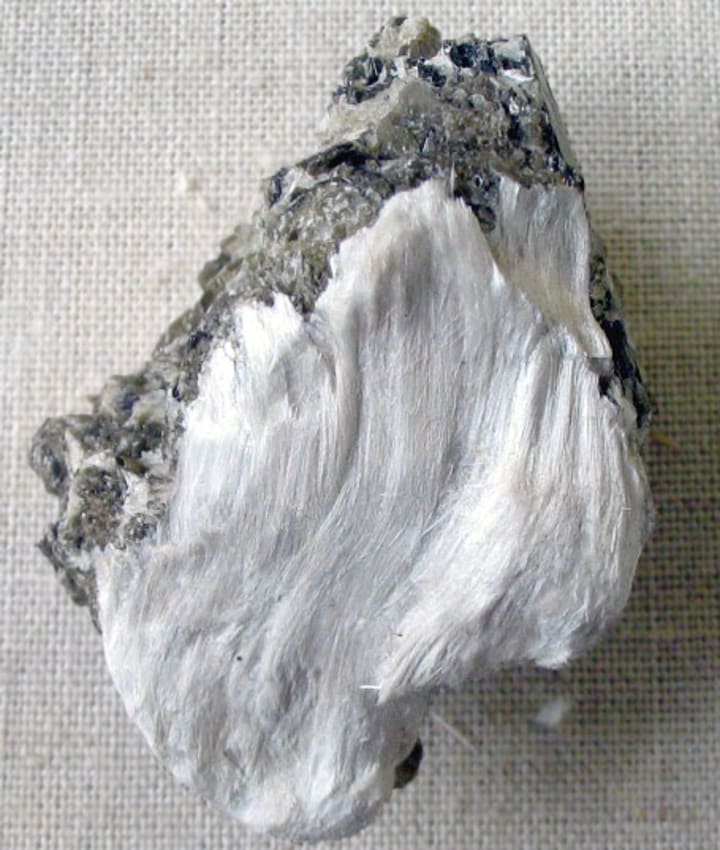
Asbestos is a normally happening mineral that was once generally utilized in development materials because of its imperviousness to fire and protecting properties. Be that as it may, breathing in asbestos filaments can prompt serious medical issues, including a cellular breakdown in the lungs and mesothelioma. Asbestos is a quiet executioner, as the side effects of asbestos-related sicknesses can require years or even a very long time to create.

Lead is a heavy metal that was once commonly used in products such as paint, gasoline, and batteries. Exposure to lead can cause serious health conditions, including damage to the nervous system, reproductive system, and kidneys. Lead poisoning can cause a range of symptoms, including abdominal pain, headache, joint pain, and irritability. Children are especially vulnerable to lead poisoning, as lead can negatively affect their cognitive development.
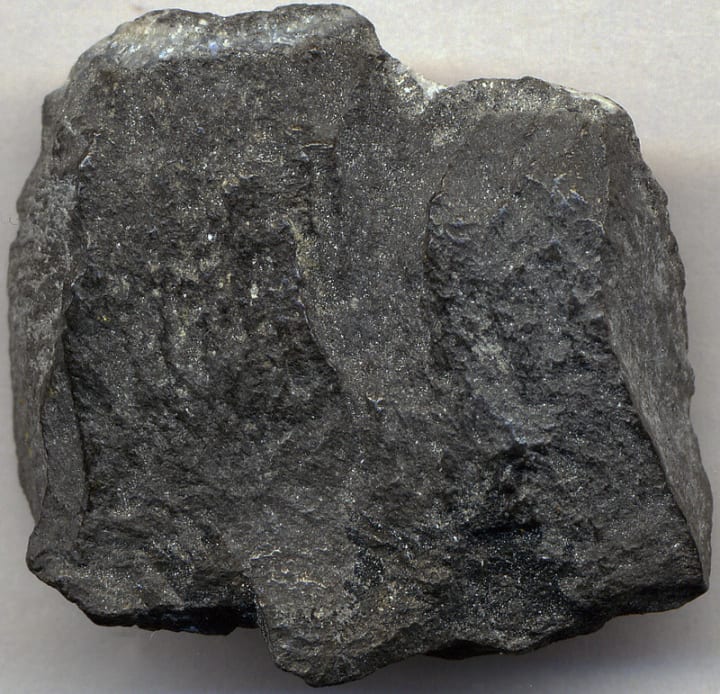
Arsenic is a normally happening component that is generally utilized in pesticides and wood additives. Ingesting arsenic can prompt serious ailments, including malignant growth, skin injuries, and cardiovascular infection. Side effects of arsenic harming can incorporate queasiness, retching, runs, and muscle shortcomings. Long-haul openness to arsenic can likewise build the gamble of creating skin malignant growth, cellular breakdown in the lungs, and bladder disease.

Chromium is a metal that is broadly utilized in the development of steel and other combinations. Openness to chromium can cause serious ailments, including a cellular breakdown in the lungs and harm to the respiratory framework. Chromium openness can cause side effects like nasal disturbance, hacking, and chest torment. Long-haul openness to chromium can likewise expand the gamble of creating a cellular breakdown in the lungs and other respiratory illnesses.
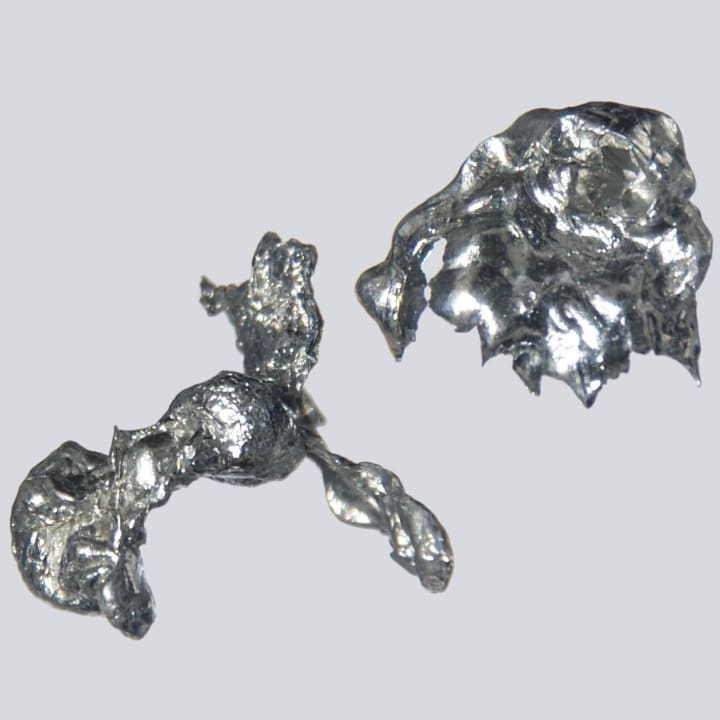
Cadmium is a metal that is generally utilized in the development of batteries, shades, and coatings. Ingesting cadmium can prompt serious medical issues, including kidney harm, osteoporosis, and disease. Cadmium openness can cause side effects, for example, stomach torment, regurgitation, and runs. Long-haul openness to cadmium can likewise expand the gamble of creating kidney illness and bone issues.
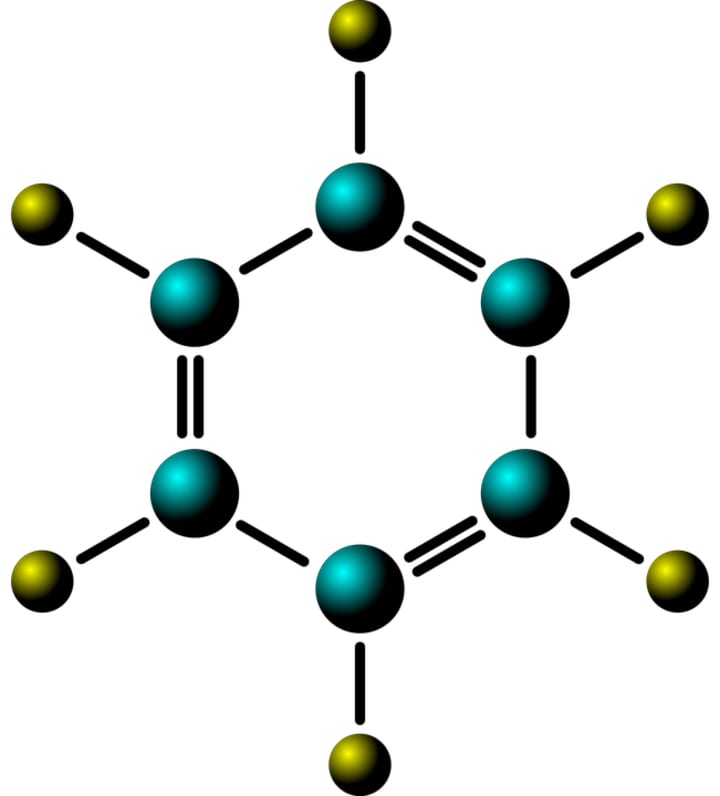
Benzene is a synthetic that is generally utilized in the development of plastics, elastic, and colors. Openness to benzene can prompt serious medical issues, including leukemia and harm to the resistant framework. Benzene openness can cause side effects like cerebral pain, discombobulation, and tiredness. Long-haul openness to benzene can likewise expand the gamble of creating leukemia and other blood issues.
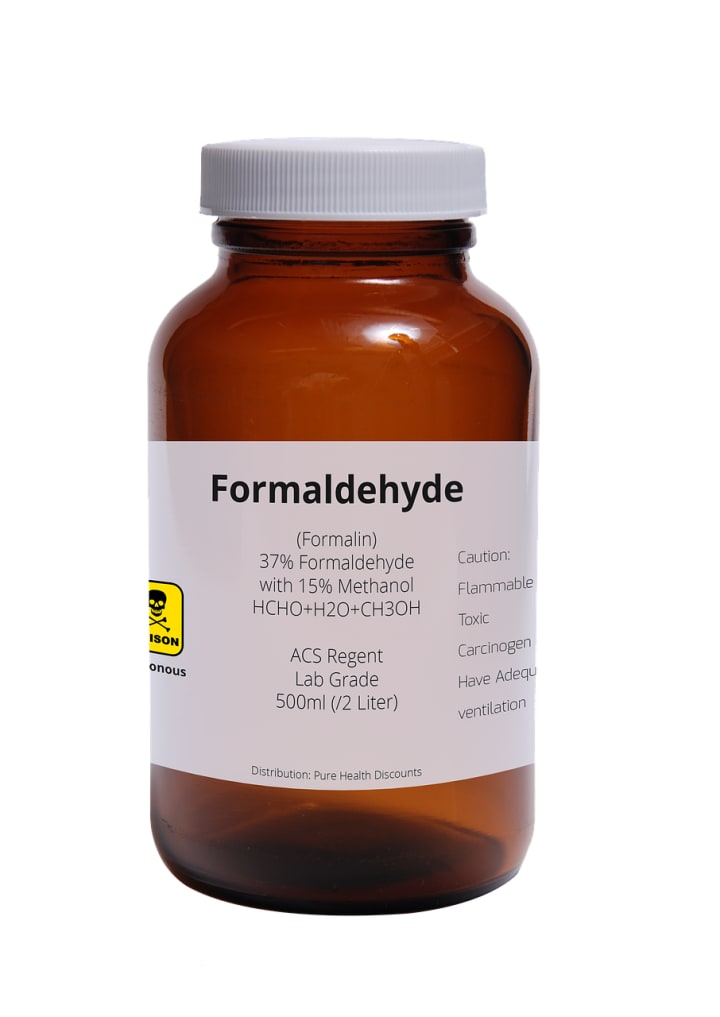
Formaldehyde is a chemical that is widely used in the production of adhesives, resins, and disinfectants. Breathing in formaldehyde can lead to serious health conditions, including respiratory irritation and cancer. Formaldehyde exposure can cause symptoms such as eye, nose, and throat irritation, coughing, and wheezing. Long-term exposure to formaldehyde can also increase the risk of developing cancer and other respiratory problems.
Significant for people who work with these synthetic compounds to play it safe to shield themselves as well as other people from hurt. This incorporates wearing defensive stuff, following legitimate taking care of systems, and discarding synthetic compounds securely.
All in all, while engineered synthetic compounds have carried many advantages to our day-to-day routines, it is essential to perceive the potential perils they can posture to human well-being and the climate.
Social Media Link:
- on Instagram
About the Creator
Enjoyed the story? Support the Creator.
Subscribe for free to receive all their stories in your feed. You could also pledge your support or give them a one-off tip, letting them know you appreciate their work.





Comments
There are no comments for this story
Be the first to respond and start the conversation.